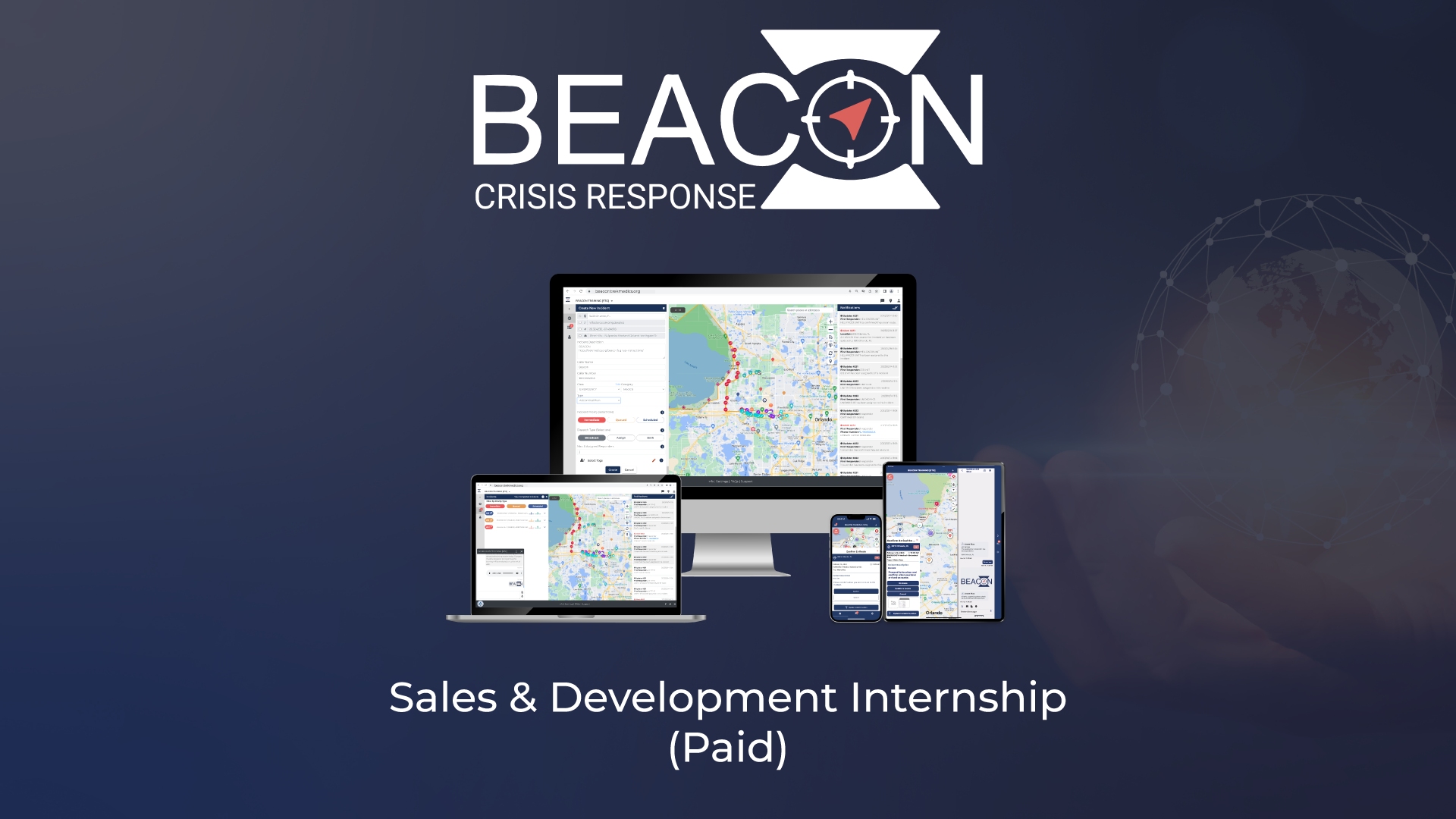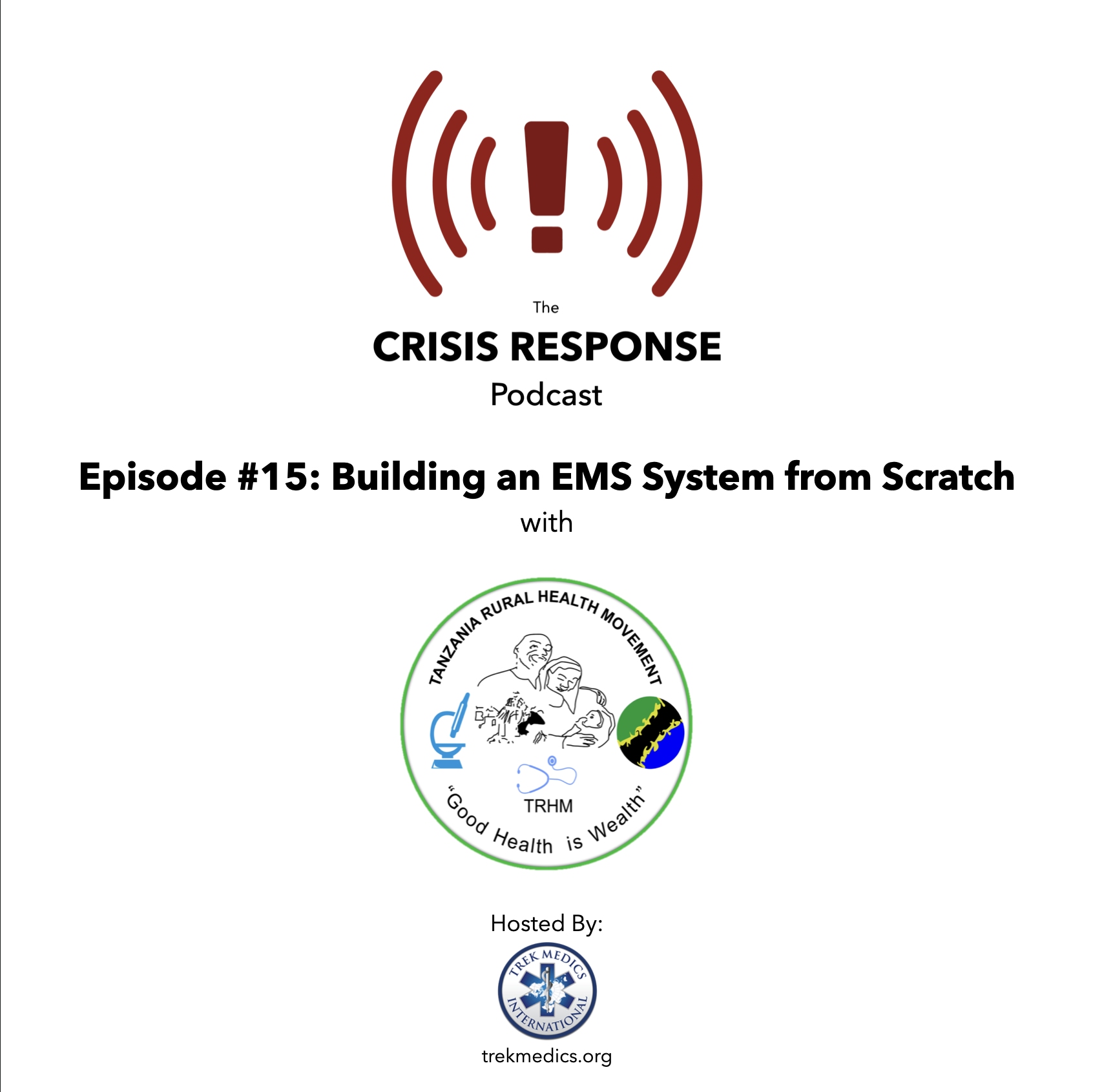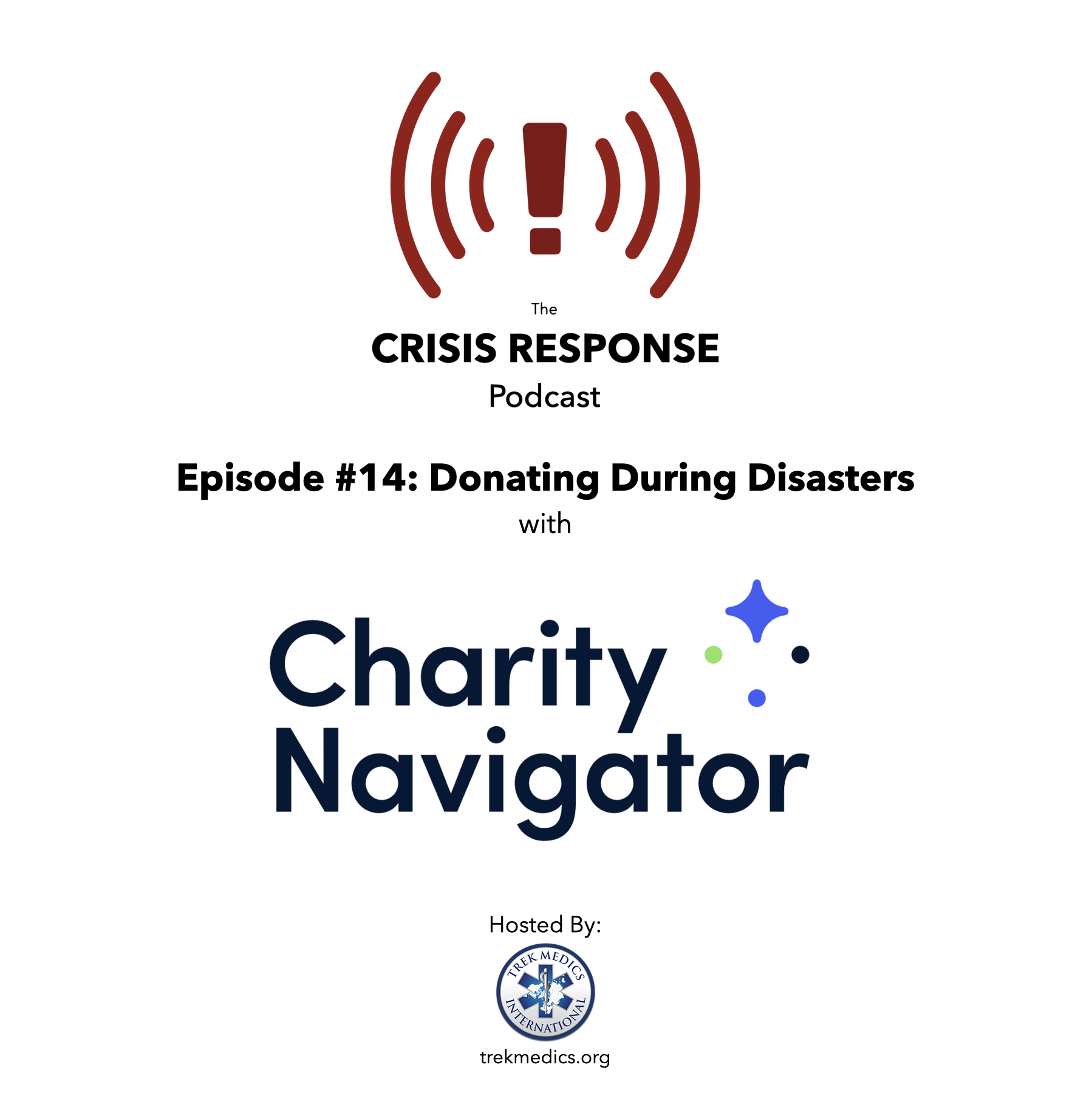Episode Transcript
This transcript was compiled using automated software — spelling and punctuation errors are possible.
Jason: Welcome Mr. Bob Jackson, CEO and founder of the Roseland Ceasefire Project. It’s such a pleasure to have you on the show today, how are you doing?
Bob: Good morning, Jason, thank you for having me.
Jason: Yes, a real pleasure. So you are the founder and CEO of Roseland Ceasefire Project in South Chicago and maybe we could just start by you sharing what Roseland Ceasefire is and does?
Bob: Yes, of course, Roseland Ceasefire was founded in 2006. It was a membership initiative that started out of the State House of Illinois, State Representative Bob Reed and Representative Davis initiated this to help combat violence across the far south side of Chicago. Our particular beats then were the 522 and 523 police beats in Chicago’s fifth district.
I was trained up under Dr. Gary Slutkin, who taught us that the model was to treat this as a health epidemic and that like any other health epidemic you have to create some type of preventative cure. That being said, we went through training with him for a period of months, then we were given areas in Chicago based upon the membership initiative funding.
My funding was for the far south side of Chicago, particularly the 9th and 34th ward, Pullman, West Pullman, and the Roseland area. We’ve been working those areas along with the South Suburban Cook County, which includes Harvey, Markham, Fort Heights, Calumet City, Calumet Park, Riverdale, and Park Forest.
We have also responded shootings and homicides in a few other neighborhoods as well.
Jason: And how does that work, how do you get called to a shooting, what’s that process?
Bob: The process is that we get a call directly from the 5th district in Chicago, they notify me, then I notify the team or the program manager, and they then send out the teams to respond to the shootings.
When they respond to the shooting they canvas the area, talking to any victims’ families that are available to talk with, letting them know the things we have available to them as far as anger management, grieving counseling, and funding help for the funeral through the State of Illinois Assistance program.
After that we do a follow up to continue helping the grieving families adjust to the loss of a loved one.
Jason: And you’ve been doing this you said since 2006, how many shootings do you respond to each year?
Bob: Well over a hundred. Well over a hundred.
We’re currently working with your platform, Beacon, to provide a new system for us to work in south suburban areas as a pilot program, so we will be working out of Harvey. We will set it up so we get a call from the Harvey Police Department just like we do in Chicago, and then we will dispatch our teams to respond to that shooting crisis at that time.
Jason: I’m wondering what’s the relationship like with the police department because I assume that you need to maintain a certain degree of independence from them so that your responders are not seen as an extension of the police. But at the same time you do work with the police department, so how does that relationship operate and what does it look like?
Bob: Usually once we get the call we work independently from the police because we’re working with the families directly. My team doesn’t deal directly with the police at all. We go about our own standard operating procedure, which is making contact with the family, calming individuals down, trying to assess the situation.
Usually if there’s any information that’s gathered that info is given to me and then I will dissect how that will be stewarded out. Our key goal is to stop any retaliations among the people that the perpetrator associated with and the victims’ families.
Jason: You’re really getting in the thick of it there and really have to establish your credibility with the victims and with the perpetrators. How do you go about recruiting your responders, your team members?
Bob: Our team members come from the community. These are credible people who have a history in the community, are non-gang members, and are people that the residents and community can feel comfortable talking to.
Jason: And do they go through any type of training once they join?
Bob: Yes sir, they do. They initially go through a seven-day training in a classroom setting. Then they go out into the field and do real life situational training out in the field. After that, they go to a training to help them debrief how to put information into the systems that we use to track all of the work we are doing and everything about our clients that we are working with. It’s an ongoing process from there, but the training never stops.
Jason: Of course, of course. Did you design this training yourself or is it some type of formal standardized training?
Bob: Initially it was a standard that Dr. Slutkin organized at the University of Illinois Chicago, and then since then we have tweaked it a little bit to apply specifically to Roseland Ceasefire and things that we are doing.
There is a model within the model, based on each community. That model may change or vary based on situation, but holistically we keep that basic model of treating these situations as a health epidemic because we believe shootings and killings are not normal. That is a learned behavior that we have to change. Because of the trauma that has occurred in the community we have to take the community as a whole and create a cure essentially by re-traumatizing them back to a sense of normalcy to where they say this will not be tolerated in our community.
And we have to have all the citizens in that community echoing the same thing: violence is not our norm; violence is the anti-norm.
Jason: That’s really powerful. Can you tell me the main goals of that training program? When you have a new recruit come in and they do the seven-day training, what are the main objectives for them to learn by the end of those seven days?
Bob: Well, first thing is for them to understand the model, why they are out there, and what is the models main purpose. Then we start teaching them how to execute the model.
We give them various scenarios from responding to a hospital, how to show up to a crime scene, how to be around a homicide, how to deal with parents of the victim, how to keep their wits about them when things get chaotic, things of that nature.
Then we continue with how to do different situational procedures such as conducting a peace rally, how to do a vigil, how contacting the police about a vigil or rally works, etc. Now there’s a whole different dynamic to each situation that needs taught, which is why the training is ongoing. We add things all the time and pass it on to our members, like how to deal with Facebook interactions, how to deescalate things when we see tensions rising across social media platforms.

Join the thousands of responders using Beacon worldwide.

Jason: Wow, all sorts of ways they have to be trained, especially social media, that sounds like a real ripe area for problems.
Do you talk with other groups like yours in Chicago, are there other groups there that you work with, or are you primarily the only group in your area?
Bob: We have various groups that’s in our sector, but our key points of referral and our partnerships who we send our clients directly to are places like the Metropolitan Family Services Community Assistance program, the YWACA, Cook Country Health Force Initiative, etc. So we have various partners that we work with that we do referrals to help assist our clients in whatever needs they have. We have housing assistance, drug abuse assistance, which all these things can lead to violence and gun violence.
We try to do a wraparound approach based on the needs of the client, so each client has their own designated referrals to help them with their particular needs.
Jason: The objective is always the same it sounds like, to reduce violence, there are just a lot of ways that it can happen, but it’s the same end goal. I’m wondering if you could share a recent example of start to finish when you got a call to when for all intents and purposes the case was concluded. Could you walk us through an example of your work?
Bob: Yes, sir. We recently had a situation where a young man was shot and killed. We arrived on the scene a few hours afterwards, the scene was still hot with a lot of activities such as bullets being collected and the yellow tape going up around the gunshot victims. The victim’s parents and loved ones were there, crying, going through a hard time.
Our job was to step in, identify ourselves to them, which we of course were in our uniforms which are orange and black and they recognize that as who we are and know we are peacekeepers in the community. Once that contact has been made we then do a follow up the next day with the family and begin to help them if necessary with funeral arrangements, getting the proper victims’ assistance forms fill out, contacting State’s attorney to ask to speed up the process to help the victim’s family, and even talking with the funeral home to ask them if they can wait on the victim’s assistance money to come in before charging the family members.
Oftentimes we will go to the after-funeral proceedings, and then the real work starts with the families. Two or three months later, a year later, when they need somebody late at night to talk to, that’s when the real counseling and grieving process starts. That first five to six months up to two years after, people are still around you but as that time passes those people drop off and start diminishing. But that Mother, Father, Uncle, Sister, Brother, they still need support, that loss is still very real to them, and that’s when Roseland Ceasefire is still there for them.
So the service never actually ends. We even ask them as time goes on to be a part of our grieving parents groups to help others to get through that pain from their experience.
Jason: That’s really intense. What incredible work you’re doing and such a valuable service, it’s just so unfortunate that this is as common an occurrence as it is.
Could you share when you arrive on the scene, how do you decide who you’re going to speak with, where the intervention needs to happen?
Because on the one hand there could be grieving family members, but they don’t actually have any intention of reciprocating the violence. Instead it’s, you know, another gang member who is going to look for their pound of flesh, so to speak. How do you decide where the intervention needs to happen or who needs to be interacted with?
Bob: The supervisor on the scene at that time evaluates the situation. They would have one set of team members dropping off anti-violence and shooting materials door to door. They would have another individual stationed with the loved ones, calming them down and being supportive to them. Then another individual would be tasked with working the blocks nearby to see if they heard or have seen anything, to make sure other activities are not already happening in the neighborhood outside of that once corner where the first incident occurred.
Then they’d also get someone to start checking the Facebook pages of the victim and see what’s going on online, what they had been saying, who may be supportive and sympathetic to the victim that might be worth engaging, looking for any type of comments that are not appropriate.
So, normally, it takes about four to six people to be out on a call and be effective. Sometimes based on the time of day and what we’ve got available it may be as few as two, but four to six is best.
Jason: And are these team members, volunteers, paid staff? Or is it a mixture of people?
Bob: It is a mixture of volunteers and paid staff, yes sir.
Jason: So this being in Chicago, we’ve all seen the unfortunate headlines, and it sounds like there could be some days when you’ve got multiple teams going out on the same day. Do you often have to manage more than one case in a day?
Bob: Yes, sir. Depending on the situation, we may have teams in many different suburbs or neighborhoods within our zone of coverage. It just depends on what the day is like and how things go. We try to respond to as many calls as we can, and when we are unable to because we are already at too many other calls, we will at least try to get information so that we can reach out to the family members at a later time.
Jason: And does your team do any interaction or engagement with the gangs during the course or all this, to try and prevent shootings?
Bob: If our team identifies a person as an active gang member then we have specialized people that deal with those situations. They are called interrupters, and their job is to deal with the gang and gang activities and try to talk to the people that’s in charge of the gangs or the leaders.
Jason: This is just a lot of responsibility for you all to take on and it’s really, really incredible.
Join the thousands of responders using Beacon worldwide.
Bob: Yes sir, and it keeps us busy.
Jason: I’m sure it does. How did you personally get involved in this? You shared how the organization got started, but how did you come to take on this role of leading it?
Bob: Well, remember I stated it was a membership initiative and the elected officials in the communities at that time selected me to assist them with this project. I was on staff, and was elected to leadership at the time, and to be honest with you, Jason, it was supposed to be a six-month pilot program to help to get funding for the long-term initiative and then I would’ve gone back to just being on staff. Well, guess what? Seventeen or eighteen years later I’m still out here in this role.
Jason: Wow, and you’ve got a true passion for it by the sounds of it.
Bob: Yes sir. Changing the mindset of our young people and old people about how they feel about gun violence, that matters. We want our neighborhoods just as safe as any other neighborhood: gun free, violence free, as best that it can be.
Jason: Over the eighteen years of doing this, what changes have you see in the communities? Has there been more engagement from the government or local leaders in that time, are things getting better?
Bob: We do have more engagement from the local leaders, from government at all levels, State, Federal, and Country. We’ve also seen an erosion of gang leadership, so therefore you have a bunch of cliques that’s out here working independently with no hierarchy and no one particularly you go to to talk to them about their activity.
Those are the biggest changes. The funding is now coming to help with the mental health side of these issues. Federal, State, County government are all starting to contribute.
Jason: So, since the murder of George Floyd, across the nation communities have been reassessing the role of 911, right. Do we need to send the police every call? Now, there’s 988 in the mental health space, which is meant to be the 911 for mental health crises.
I’m wondering, what’s your take on all of these changes that are happening, do you think they are headed in the right direction? Do you think they’ve got promise or do you think that they may run into a lot of problems?
Bob: I think personally, having mental health professionals on the scene would definitely help to assess the situation so that the police can do what they’re trained to do.
If everyone’s working in their own specialty and comes together in this sector, then we theoretically should be able to curb violence and come with resolutions that lead to it not occurring again.
Jason: Do you think that there’s anything in particular that could really help you make a bigger impact that you may be missing right now?
Bob: Other than funding, which is the key, we could use more technical training on technology and devices that can help us to respond faster and to show exactly the work we are doing and the results we are getting from that work.

Join the thousands of responders using Beacon worldwide.

Jason: Speaking of proving your impact, what kind of metrics do you collect and show to your funders to show your impact currently?
I come from an EMS background, our number one metric is how quickly we get there, right. That’s number one. And then what are the patient outcomes, did they survive or did we reduce pain and suffering, whatever those may be.
I’m wondering what that number one metric is for you?
Bob: Well, just like you, response time is critical. The quicker you are there the better you are able to assess the situation and ease the victim’s pain also.
Then, total number of times responded is helpful, as are testimonials from the families that can say that we came in a critical time and helped in a meaningful way.
The funders, they want to see the statistical data, but they want to hear those testimonials, those are the things people really remember.
Jason: Right. That makes a lot of sense.
So you’ve been at this for eighteen years now, and in an area with very high rates of gang violence. In other cities these kinds of programs may not exist to the extent that yours does. I’m wondering if you could share some advice that maybe you wish you had when you were starting out, or that you could share with other groups that are trying to get involved in this type of work as well. What are the lessons learned when you were starting this program that really made a big difference in your success?
Bob: Be patient with yourself. Be patient with your team. And above all, be patient with the community and know that this is not a quick fix. This is going to take time. We still have clients who have gone away, went to college, that’s still dealing with trauma from their community. Now these might be successful people, but they still have that baggage and they’re periodically going to open up that suitcase and dig in it and there has to be someone to help them sort through that suitcase and the clothes in that suitcase and put it in a proper place.
Jason: Patience, that’s something I can certainly attest to myself. When we got started working, we were thinking it’s going to take us two to three years to get where we want to go, and it’s been ten years and we’ve gotten farther than we expected, but we sure didn’t do it as quickly as we thought we would.
Bob: Got to have patience and be patient with yourself.
Jason: Absolutely. Well thank you very much for your time, Mr. Jackson, it’s been a real pleasure. It’s been very informative and we’ve very glad to be working with you and excited to see where things go.
Bob: Yes sir, thank you Jason!











